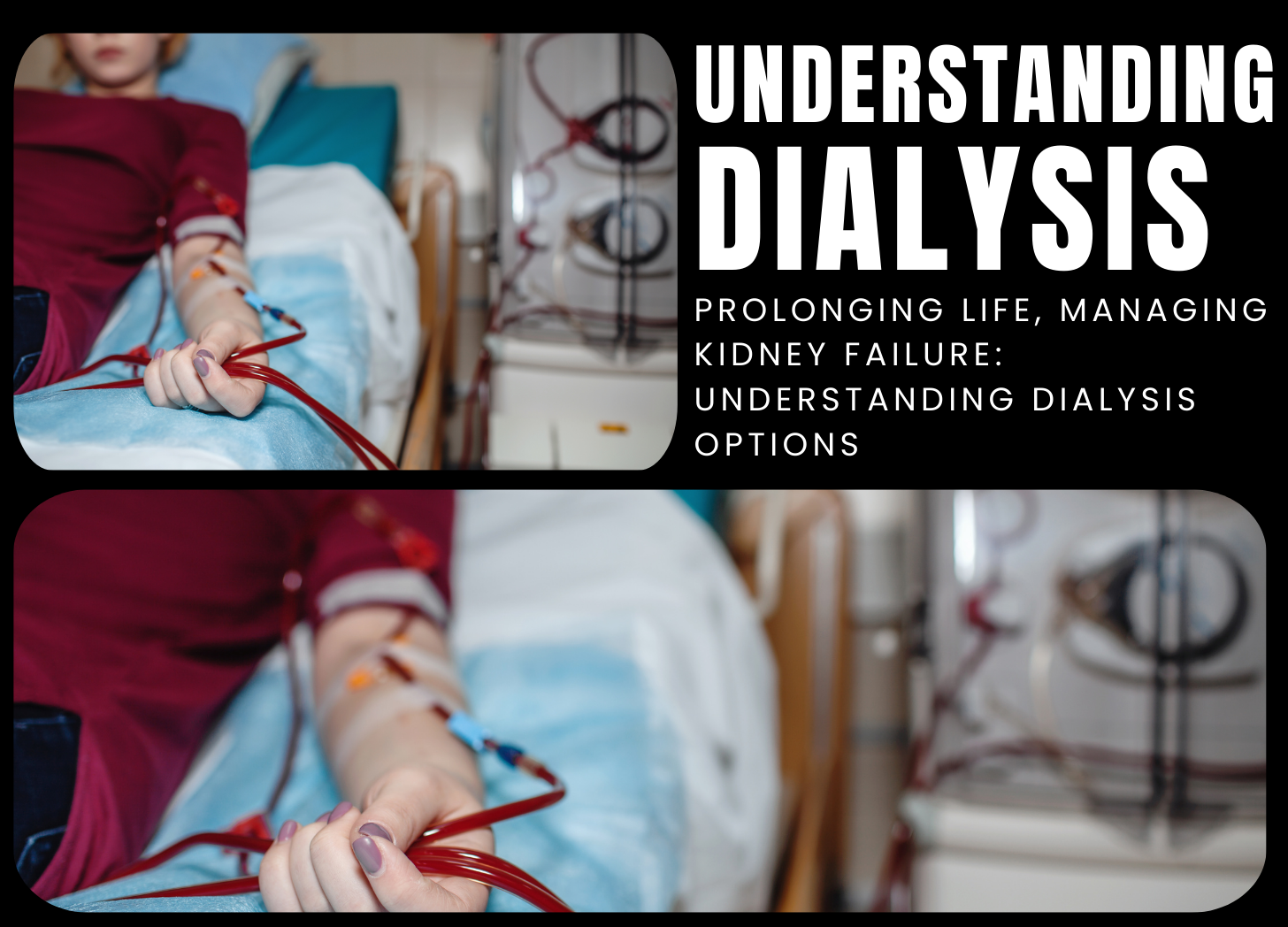Contact Us
Contact Us

Dialysis is a life-saving medical treatment for people with kidney failure or end-stage renal disease (ESRD), in which the kidneys are no longer able to filter waste materials and excess fluid from their blood. It is an important medication that helps maintain fluid and electrolyte balance, eliminate toxins and metabolic waste products, and regulate blood pressure in those who have compromised kidney function. Dialysis can greatly enhance quality of life and extend longevity for those with severe renal disease.
The two basic methods of dialysis are hemodialysis and peritoneal dialysis. Hemodialysis uses a machine called a dialyzer to filter blood outside of the body, eliminating waste items and excess fluid before returning purified blood to the body. This procedure is commonly performed in a dialysis center multiple times per week and necessitates the insertion of a vascular access, such as an arteriovenous fistula or graft, to enable blood flow during treatment.
In contrast, peritoneal dialysis uses the peritoneum, a membrane that lines the abdominal cavity, as a natural filter for waste removal. A sterile dialysis solution is introduced into the abdominal cavity via a catheter, where it collects waste materials and excess fluid from the bloodstream. After some time, the solution is drained from the abdomen, removing waste products with it. Some people can benefit from peritoneal dialysis at home, which gives them more flexibility and independence.
Dialysis is recommended for severe renal dysfunction (a glomerular filtration rate < 15 mL/min/1.73 m²), uremia symptoms (e.g., nausea, vomiting, lethargy, confusion), electrolyte imbalances, fluid overload, and uncontrolled hypertension. Dialysis may be prescribed as a short remedy for acute renal injury or as a long-term treatment for chronic kidney disease.
While dialysis is a life-saving procedure, it does not come without hazards and limits. Dialysis problems might include vascular access site infections, blood clots, bleeding, electrolyte imbalances, fluid overload or dehydration, and cardiovascular issues. Furthermore, dialysis treatments can be time-consuming and have an influence on quality of life, since they require users to follow dietary restrictions, fluid intake limitations, and medication regimens.
Finally, dialysis is an important therapy for people with kidney failure or end-stage renal disease because it allows them to remove waste materials and excess fluid from their blood when their kidneys are no longer able to do so effectively. While dialysis can considerably enhance quality of life and lengthen survival, individuals and their healthcare professionals must carefully weigh the risks, benefits, and alternatives to dialysis before making treatment decisions.
References:
1.National Kidney Foundation. (2022). Dialysis. Retrieved from https://www.kidney.org/atoz/content/dialysisinfo
2.Mayo Clinic. (2022). Dialysis. Retrieved from https://www.mayoclinic.org/tests-procedures/dialysis/about/pac-20384861
Post a Comment